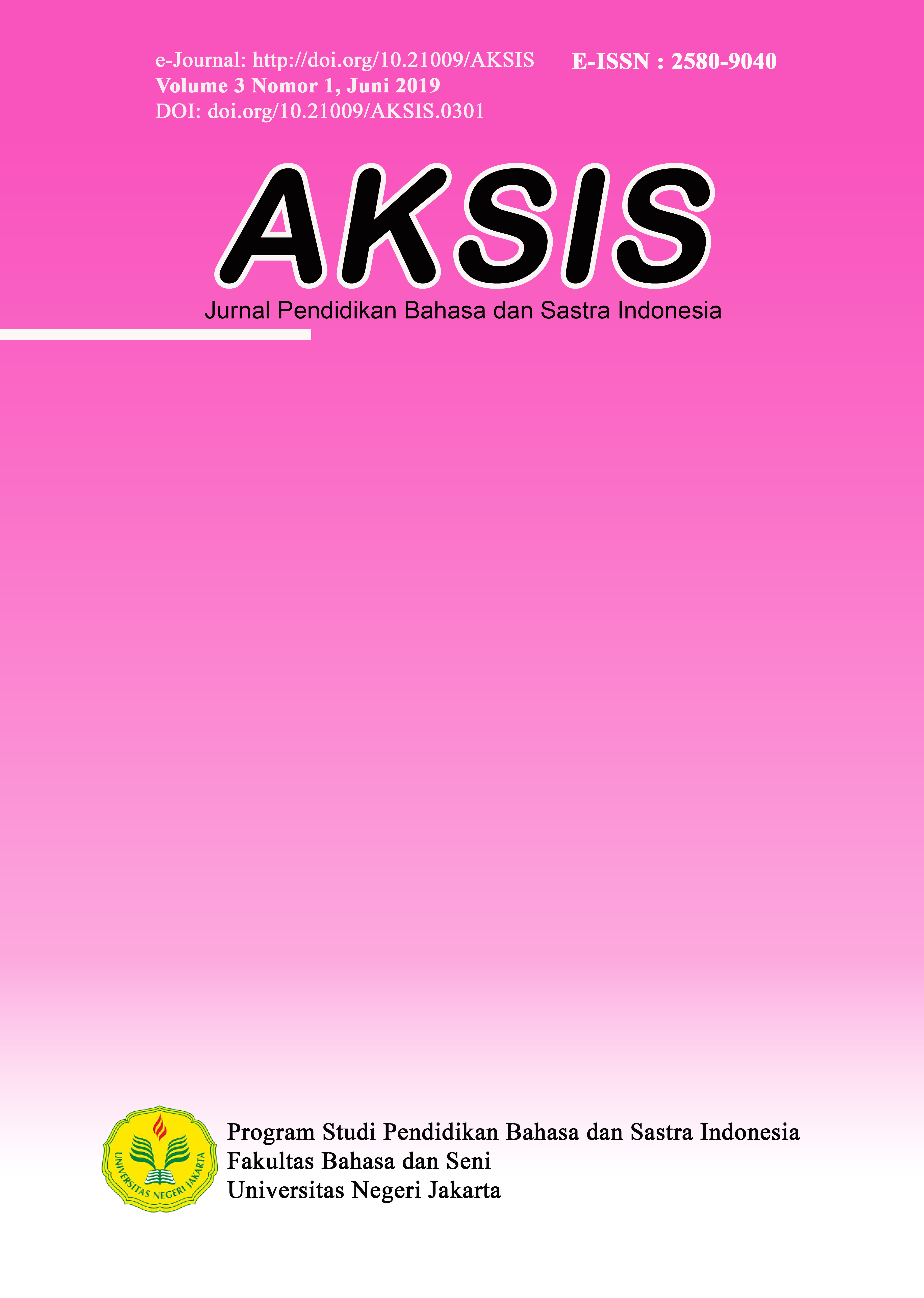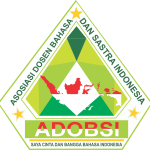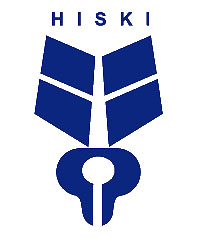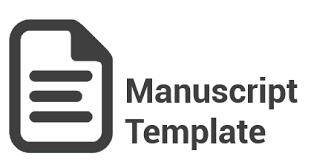The Use of Memes and Whatsapp Message in Teaching Literature
DOI:
https://doi.org/10.21009/AKSIS.030102Keywords:
memes, WhatsApp, teaching of literature, intercultural competency, digital cultureAbstract
This article discusses an experiment conducted in two courses: Survey of Contemporary Literature in English and Further Studies in Prose, involving the use of memes and WhatsApp message. In the classroom, at the beginning of each session, the memes and WhatsApp message relevant to the discussion topic in each session are displayed. This moderate experiment then developed and resulted into a different perception when students showed different levels of knowledge on popular culture upon interpreting the memes and WhatsApp message. This triggered an analysis on the reception of information implied on the memes and WhatsApp message, which was affected by students’ intercultural competency. In the discussion, theoretical concepts on digital culture refer to Brodie (1996), Blackmore (1997), Shifman (2014), and Crystal (2014). This artucle proposes an argument that, in relation to the teaching of literature, the memes and WhatsApp message used are able to mediate certain perception that bridges students’ understanding on the literary works discussed in class.
References
Blackmore, S. (1999). The Meme Machine. Oxford: Oxford University Press.
Brodie, R. (1996). Virus of The Mind: The New Science of the Meme. Seattle: Integral Press.
Creswell, J.W. (2014). Research Design: Qualitative, Quantitative, and Mixed Methods Approaches. USA: SAGE Publication.
Crystal, D. (2014). Why All the Fuss? Making Sense of Language: Readings in Culture and Communication (Second Edition). New York: Oxford University Press.
Dawkins, R. (1999). Foreword. In Susan Blackmore (Ed.), The Meme Machine (pp viii). Oxford: Oxford University Press.
Eschler, J., & Menking, A. (2018). “No Prejudice Here”: Examining Social Identity Work in Starter Pack Memes. Social Media+Society, 4(2), 1—13. doi: 0.1177/2056305118768811
Knobel, M., & Lankshear, C. (2005 November). Memes and affinities: Cultural replication and literacy education. Paper presented at the annual National Reading Conference, Coalition for America’s Gateway & Trade Corridors, Miami. Retrieved from https://www.researchgate.net/publication/249902174_Memes_and_affinities_Cultural_replication_and_literacy_education
History in Memes. (2017). That’s a nice nation you got there, be a shame if someone discovered it [Image 1]. Retrieved from https://twitter.com/memesonhistory?lang=en
History in Memes. (2017). Basically all of history [Image 2]. Retrieved from https://twitter.com/memesonhistory?lang=en
History in Memes. (2017). This is extremely accurate [Image 3]. Retrieved from https://twitter.com/memesonhistory?lang=en
History in Memes. (2017). Switzerland during both world wars [Image 4]. Retrieved from https://twitter.com/memesonhistory?lang=en
Iqbal, N. (2018, July 2018). Generation Z: ‘We have more to do than drink and take drugs’. The Guardian. Retrieved from https://www.theguardian.com/society/2018/jul/21/generation-z-has-different-attitudes-says-a-new-report?CMP=Share_AndroidApp_WhatsApp
Livingstone, S., Sefton-Green, J. (2016). The Class: Living and Learning in the Digital Era. New York: New York University Press.
Mertens, D.M. (2010). Research and Evaluation in Education and Psychology. California: SAGE Publications Inc.
Purnama, A.D. (2017). Incorporating memes and instagram to enhance student’s participation. Language and Language Teaching Journal, 20(1), 1—14. doi: 10.24071/llt.2017.200101
Purwahida, R. (2018). Problematika Pengembangan Modul Pembelajaran Baca Tulis Anak Usia Sekolah Dasar. Aksis: Jurnal Pendidikan Bahasa dan Sastra Indonesia 2(1). 118-134. doi: doi.org/10.21009/AKSIS.020108
Putra, R.A., & Triyono, S. (2018). The diversity of internet memes interpretation: A discourse analysis of incongruity of popular memes made by Indonesian netizen. PAROLE: Journal of Linguistics and Education, 6(2), 49—61. doi: https://doi.org/10.14710/parole.v6i2.49-61
Shifman, L. (2014). Memes in Digital Culture. Cambridge-Massachusetts: The MIT Press.
Suhartatik. (2018). Makna Leksikal Bahasa Madura Keadaan Alam Nelayan di Pesisir Kepulauan Sumenep. Aksis: Jurnal Pendidikan Bahasa dan Sastra Indonesia 2(1). 107-126. doi: doi.org/10.21009/AKSIS.020107
Yoon, I.J. (2016). Why is it not just a joke? Analysis on internet memes associated with racism and hidden ideology of colorblindness. Journal of Cultural Research in Art Education, 33, 92—123.






